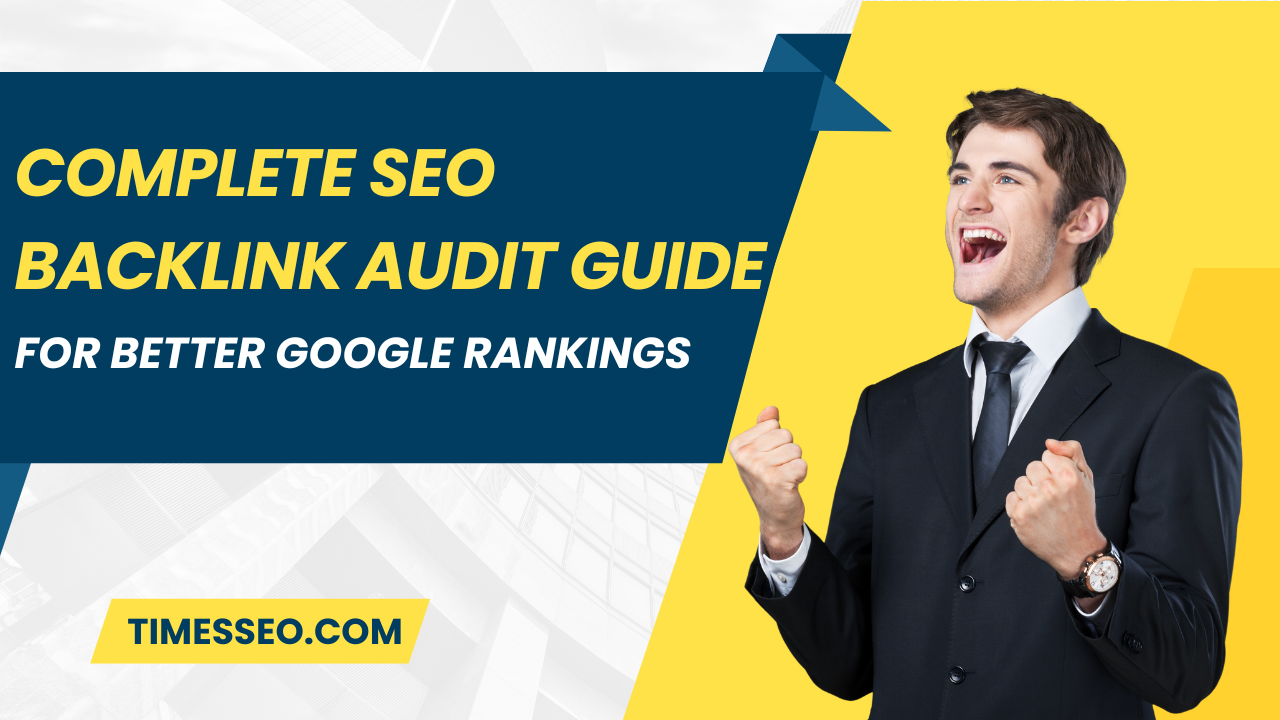
Why Internal Linking Structure Matters for SEO Success
Discover why a strong internal linking structure is essential for SEO success. This guide breaks down how internal links improve crawlability, boost page authority, enhance user experience, and drive better search engine rankings for your website.
Table of Contents
Introduction
Internal linking might not sound flashy, but it’s one of the most powerful tools in your SEO toolkit. While backlinks get all the attention, your internal link structure quietly works behind the scenes, guiding both users and search engines through your site.
Think of your website like a city. Internal links are the roads. Without a smart layout, people (and bots) get lost—and no one wants that.
Let’s break down exactly why internal linking matters for SEO success and how to get it right.
The SEO Power of Internal Links
Helps Search Engines Crawl and Index Your Site
Google bots rely on links to discover new pages. If a page has no internal links pointing to it, it’s like a hidden room with no door—Google might never find it.
Passes Link Equity Across Pages
Internal links transfer link juice between pages. Linking from a high-authority page to a new or underperforming one can give it a much-needed SEO boost.
Builds Topical Authority
When you consistently link related pages together, it sends signals to search engines about what your site is about. This helps build topical relevance and improve rankings
User Experience and Internal Linking
Keeps Visitors on Your Site Longer
Insightful internal links keep readers interested by directing them to additional good material. This increases time on site—a key user behavior signal for SEO.
Improves Navigation and Content Discovery
Ever clicked a helpful “Read next” link at the end of a blog post? That’s internal linking in action, and it leads users deeper into your content funnel.
Types of Internal Links
Navigational Links
These are your menu items and header links. They help users find your core pages fast—like Home, Shop, Blog, and Contact.
Contextual Links
Found within your content, these point to related pages. For example, a blog post on SEO tips might link to an article about keyword research.
Footer and Sidebar Links
These can help surface important content like FAQs, popular articles, or product categories across your site.
Breadcrumbs
Breadcrumbs inform users of their location and aid Google in understanding the hierarchy of a website. Bonus: they enhance UX and reduce bounce rates.
How to Build an Effective Internal Linking Strategy
Start with a Solid Site Structure
Plan your site like a pyramid:
- Homepage at the top
- Categories in the middle
- Individual pages/posts at the bottom
This helps with both crawlability and user flow.
Use Descriptive Anchor Text
Instead of linking “click here,” use meaningful text like “our beginner’s guide to SEO.” It tells both users and search engines what to expect.
Link High Authority Pages to New Pages
Got a blog post that ranks well? Use it to carefully link to fresh material.
Keep It Natural, Not Spammy
Don’t overstuff internal links. If it feels forced or adds no value, leave it out.
Common Internal Linking Mistakes
Overusing Exact Match Anchors
Using the same anchor text every time can look unnatural. Mix it up while staying relevant.
Linking to Irrelevant Pages
Only link where it makes sense. Sending users off-topic confuses them and dilutes your content.
Broken or Redirected Links
These frustrate users and hurt SEO. Use tools to regularly check for broken or outdated links.
Ignoring Deep Pages
Some pages (like old blog posts) may get buried. Refresh them with new internal links to bring them back to life.
Tools to Audit and Improve Internal Linking
Screaming Frog SEO Spider
After crawling your website, this desktop program displays all internal links, broken links, and orphan pages.
Ahrefs Site Audit
Use it to see your internal link structure, link depth, and where improvements are needed.
Google Search Console
Check how Google crawls and indexes your site. The Coverage and Links reports are gold mines of insight.
Internal Linking and Content Silos
What Are Content Silos?
Clusters of related content arranged under a parent topic are known as content silos. Think categories with tightly related subpages.
How They Improve SEO and UX
They keep content organized, boost topical relevance, and make it easier for both users and search engines to explore your site.
Internal Linking for Ecommerce Sites
Linking Product Pages to Categories
Make sure each product links back to its category and related product pages. This improves crawlability and helps users browse efficiently.
Related Products and Blog Content
Add “You May Also Like” sections and blog links on product pages to boost engagement and cross-link content.
Measuring the Impact of Internal Links
Metrics to Track
- Bounce rate
- Average time on site
- Pages per session
- Crawl depth
- Indexation rate
Ranking Improvements Over Time
Use Google Analytics and rank tracking tools to monitor how improved internal linking lifts keyword performance.
Case Studies and Real-World Examples
A SaaS company saw a 22% increase in organic traffic after restructuring their internal links to form topic clusters.
An ecommerce store cut their bounce rate by 35% by adding internal links to product guides and how-to articles.
Conclusion
Your website’s internal linking structure is more than just a behind-the-scenes detail—it’s a cornerstone of SEO success. When done right, it improves crawlability, boosts page authority, guides users, and sends strong topical signals to search engines.
Consider internal linking to be the connecting tissue of your website. Strengthen it, and you’ll notice better rankings, more engagement, and a smoother user journey.
Frequently Asked Questions
There's no magic number, but 3–5 relevant internal links per 1000 words is a good starting point.
Yes! Updating older posts with links to newer content helps maintain relevance and spreads link equity.
Absolutely. When you guide users to more valuable pages, they’re more likely to stay and explore.
Yes. Backlinks get users in the door—internal links show them around.
Yes. Pages that are linked internally are found and indexed by Google much faster.
Table of Contents
Popular Posts
-
 Affordable Technical SEO Audit for Small Business: A Complete Guide26 Jun 2025 Blog
Affordable Technical SEO Audit for Small Business: A Complete Guide26 Jun 2025 Blog -
 How to Get an Affordable Technical SEO Audit for Small Business27 Jun 2025 Blog
How to Get an Affordable Technical SEO Audit for Small Business27 Jun 2025 Blog -
 The Ultimate Local SEO Audit Checklist for Startups28 Jun 2025 Blog
The Ultimate Local SEO Audit Checklist for Startups28 Jun 2025 Blog -
 Local SEO Audit Checklist for Startups: A Beginner’s Guide28 Jun 2025 Blog
Local SEO Audit Checklist for Startups: A Beginner’s Guide28 Jun 2025 Blog -
 Top On-Page SEO Audit Steps for Service Websites Every Business Should Know29 Jun 2025 Blog
Top On-Page SEO Audit Steps for Service Websites Every Business Should Know29 Jun 2025 Blog -
 Technical SEO for WordPress: The Ultimate Beginner’s Guide01 Jul 2025 Blog
Technical SEO for WordPress: The Ultimate Beginner’s Guide01 Jul 2025 Blog -
 The Impact of On-Page SEO Audit Steps for Service Websites on UX01 Jul 2025 Blog
The Impact of On-Page SEO Audit Steps for Service Websites on UX01 Jul 2025 Blog -
 Technical Mobile SEO Audit Tips for Developers02 Jul 2025 Blog
Technical Mobile SEO Audit Tips for Developers02 Jul 2025 Blog -
 Complete SEO Backlink Audit Guide for Better Google Rankings03 Jul 2025 Blog
Complete SEO Backlink Audit Guide for Better Google Rankings03 Jul 2025 Blog -
 Boost Your Rankings with Technical SEO for WordPress01 Jul 2025 Blog
Boost Your Rankings with Technical SEO for WordPress01 Jul 2025 Blog






